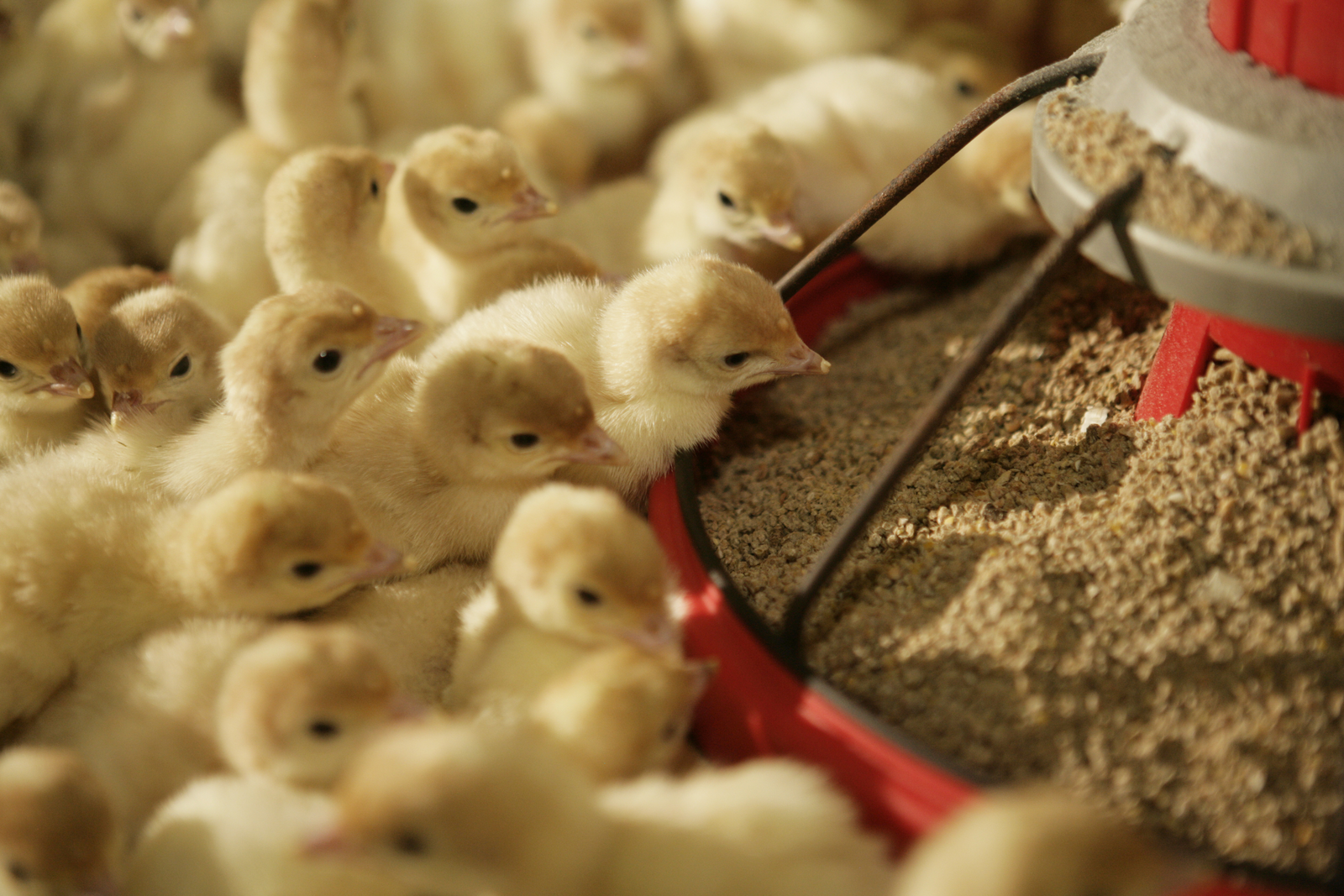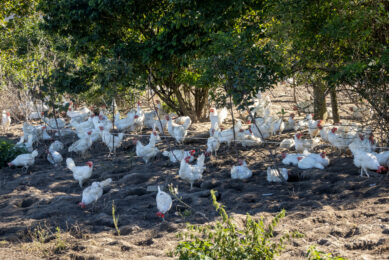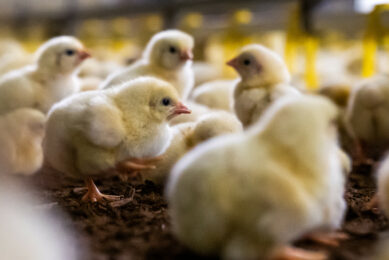Phytase efficacy in turkeys vs broilers

The efficacy of 2 phytase sources are similar in young turkeys and young broilers. This was shown by research by Schothorst Feed Research (SFR) in the Netherlands.
Today, phytase enzymes are standard added to poultry diets to reduce dietary costs and the bird’s P excretion and thus sparing environmental pollution, but also inorganic P sources. Both references address that dietary supplemented phytase can also positively affect ileal absorption of amino acids and energy, but also that the P-release by phytase is not necessarily a fixed value for P but depends on many factors, like dietary phytate and calcium content.
However, phytase producers are using the same P matrix values for broiler, turkey or duck diets. Compared to broilers, studies in which a P equivalence of phytase is determined for turkeys are scarce.
Also interesting:
3 ways to reduce zinc and copper in animal feed
SFR therefore carried out a study in young turkeys and young broilers (with a similar experimental set-up) to find out if there are any differences in equivalency between phytase enzymes in turkeys, compared to broilers. Test products were a Buttiauxella spp phytase expressed in Trichoderma reesei (BT) and an E. coli phytase expressed in Pichia pastoris (EP).
It was concluded that in young turkeys or young broilers phytase BT has a significant higher efficacy per standard FTU compared to EP. Based on tibia-ash content the difference in efficacy in young turkeys was comparable with young broilers. However, determination of absolute P replacement values of phytase enzymes is a complex matter regardless of the animal species.
This paper was presented by Cees Kwakernaak from SFR at 16th Turkey Science and Production Conference, UK (March 2016).











